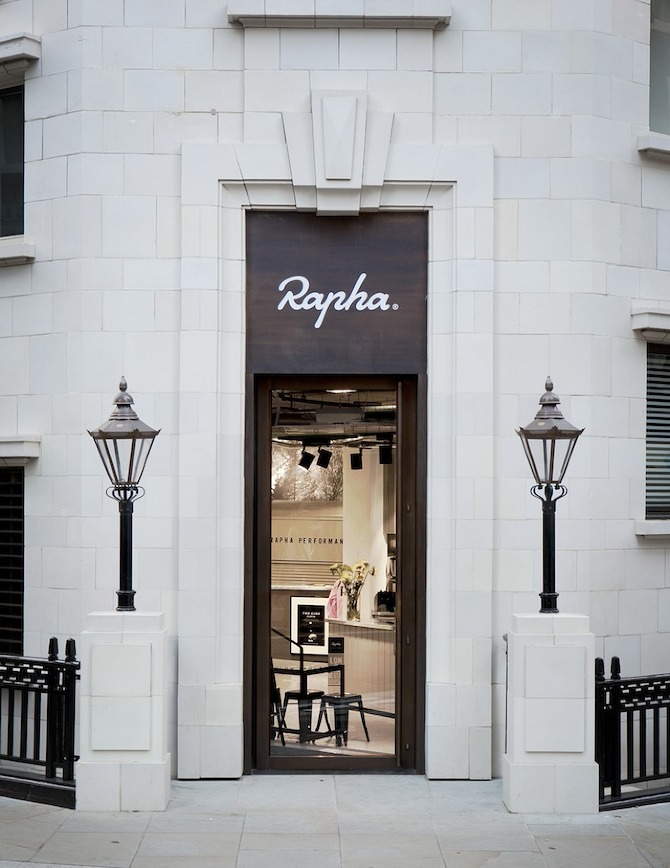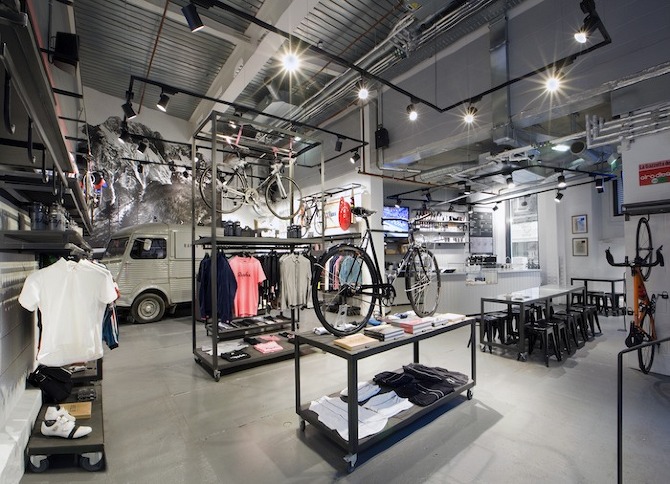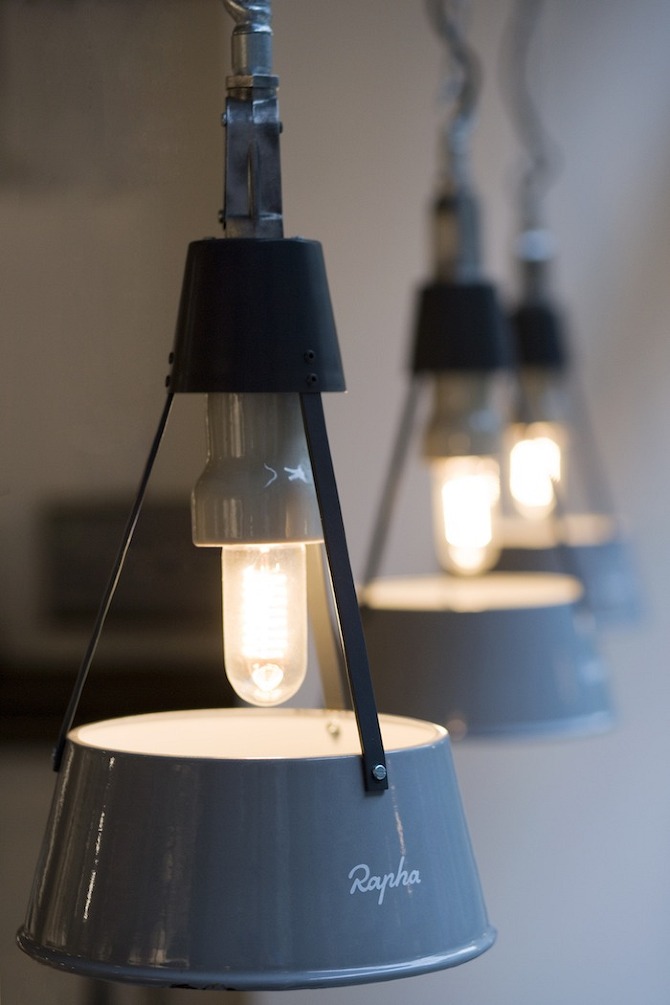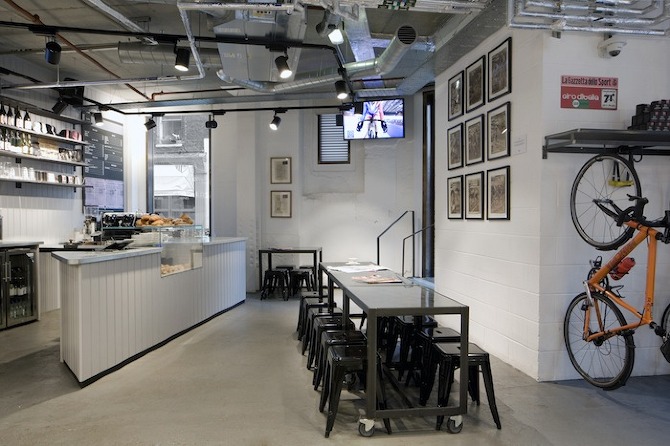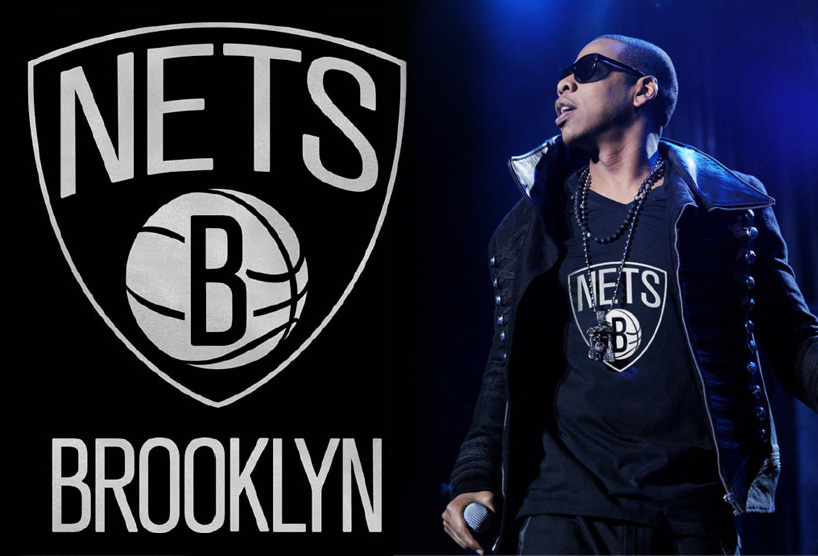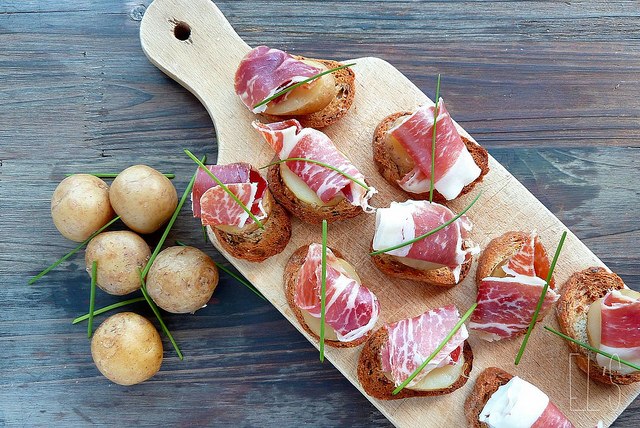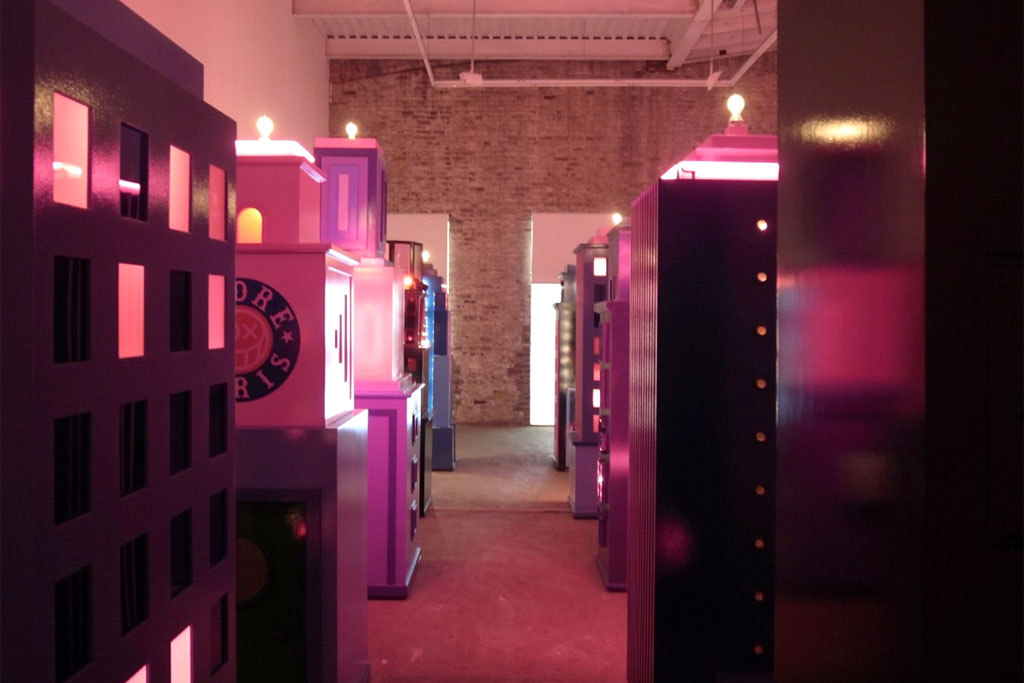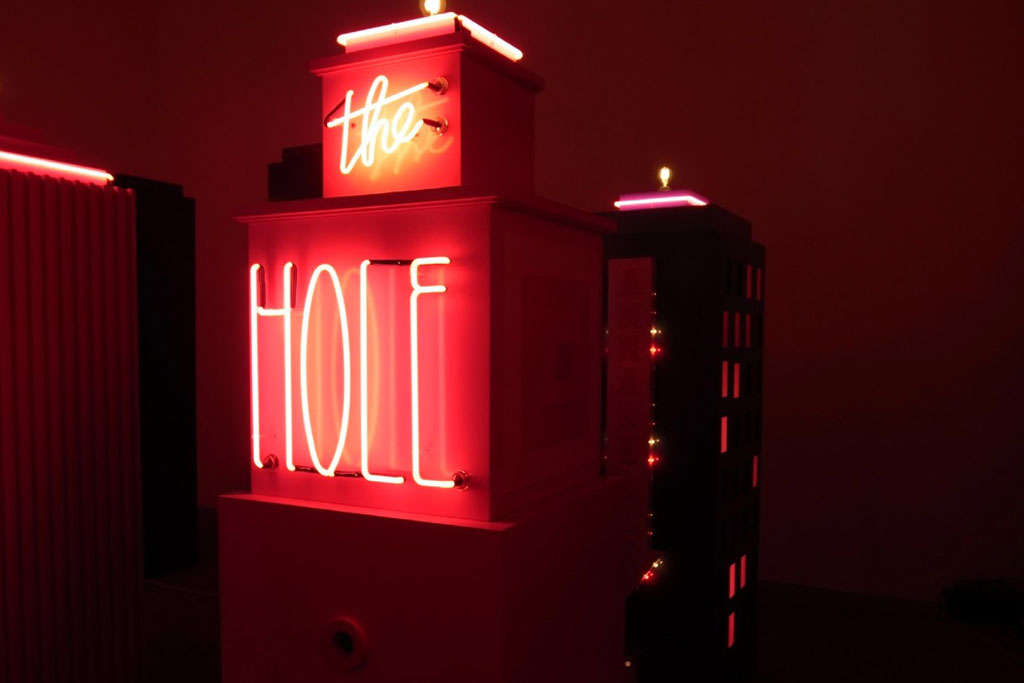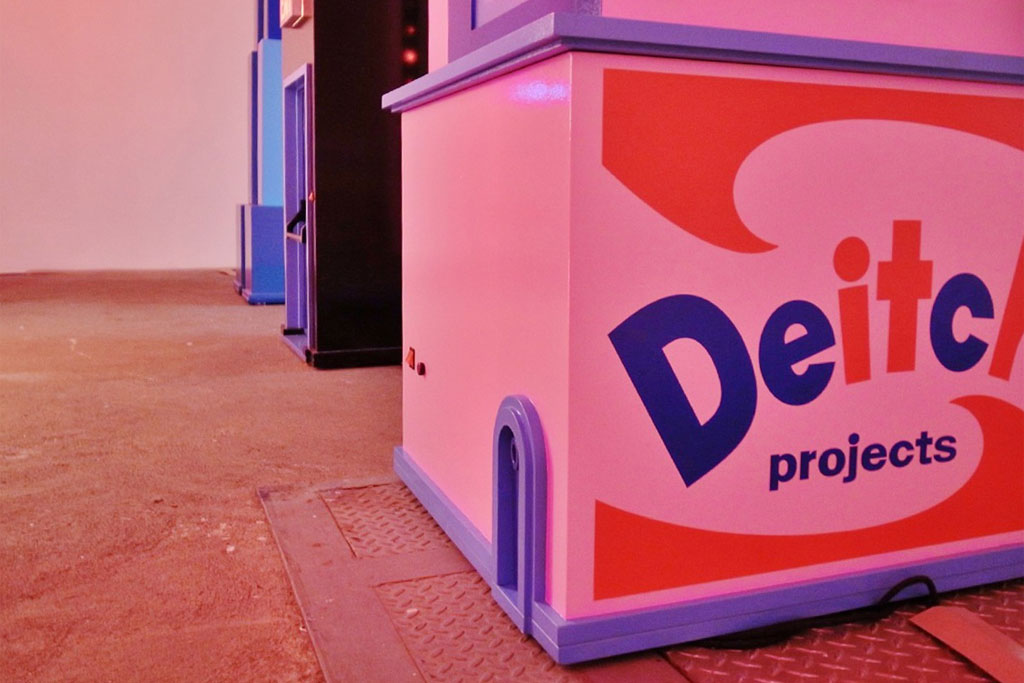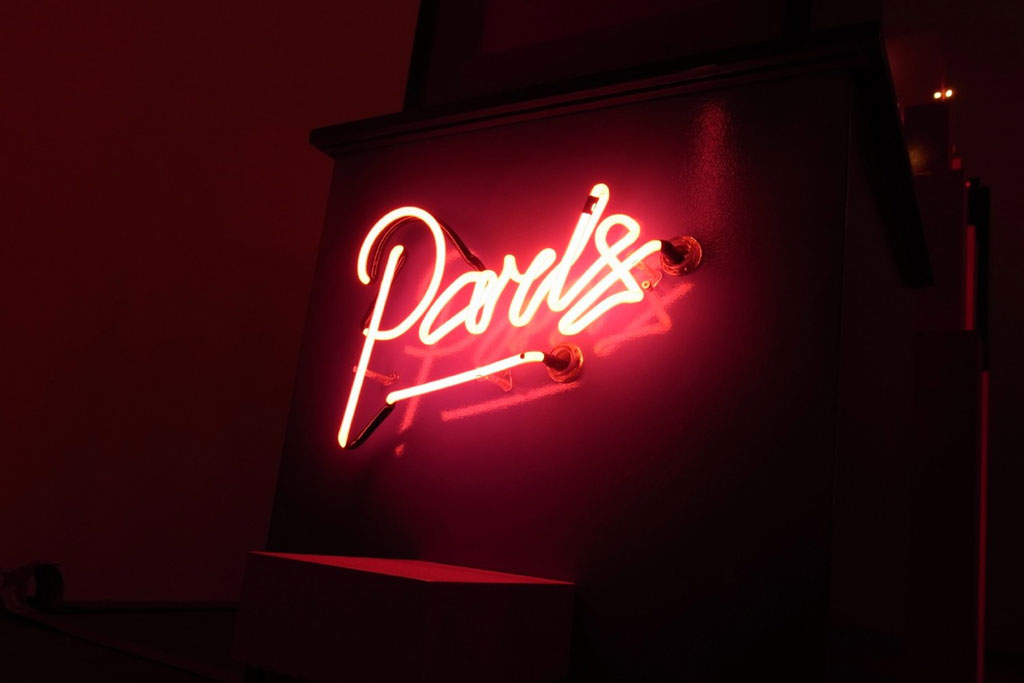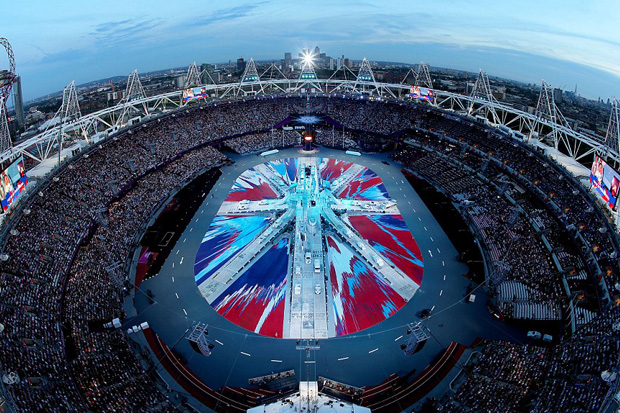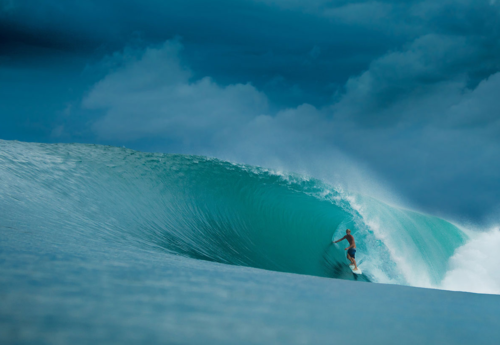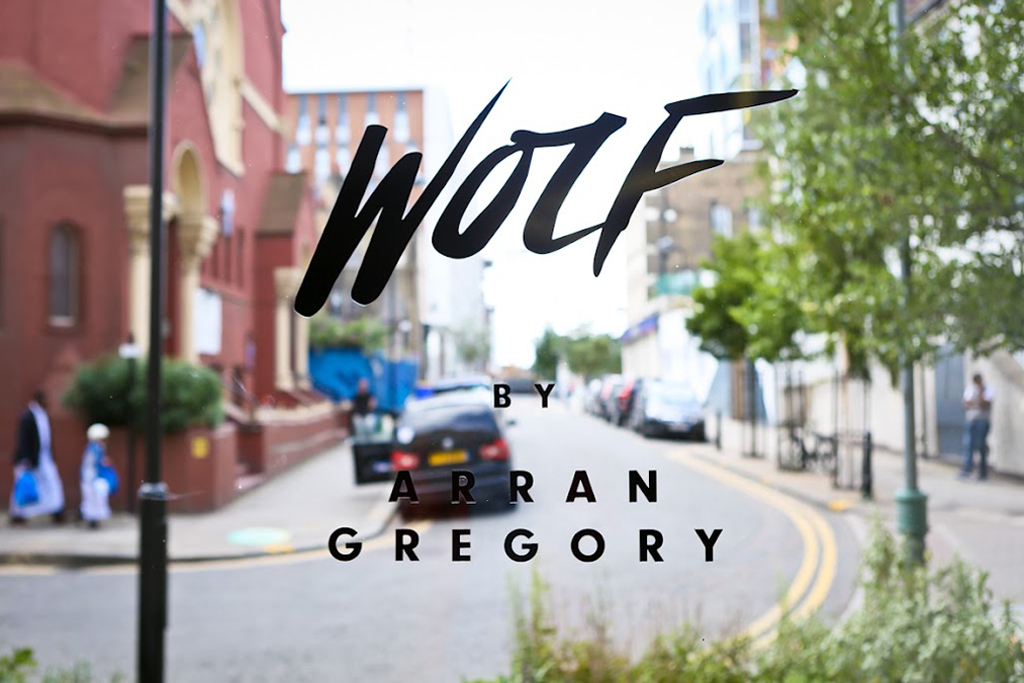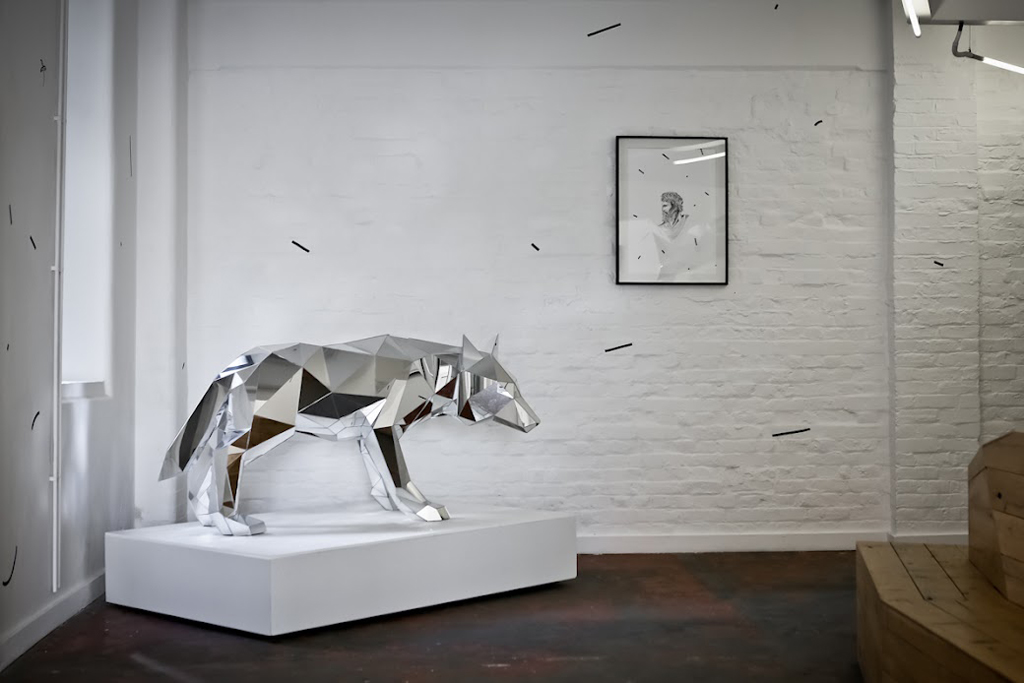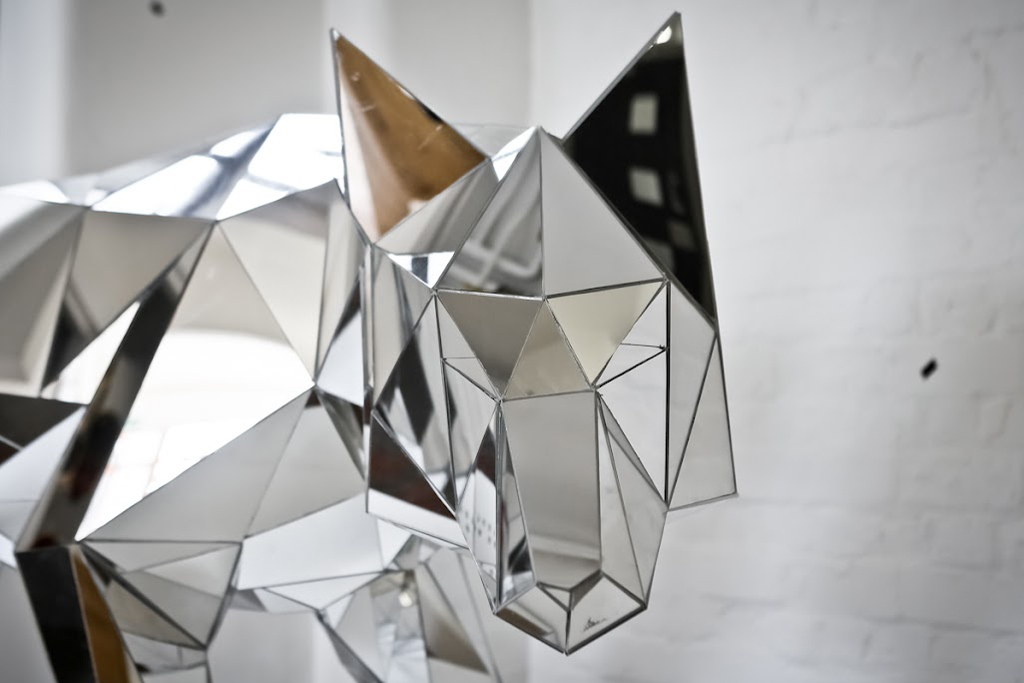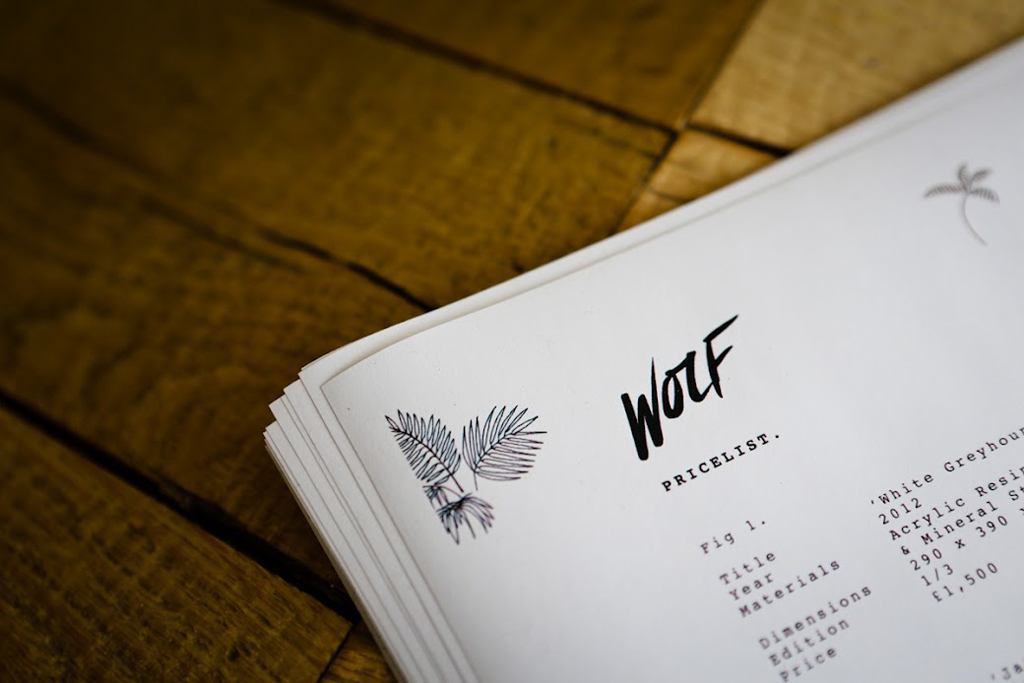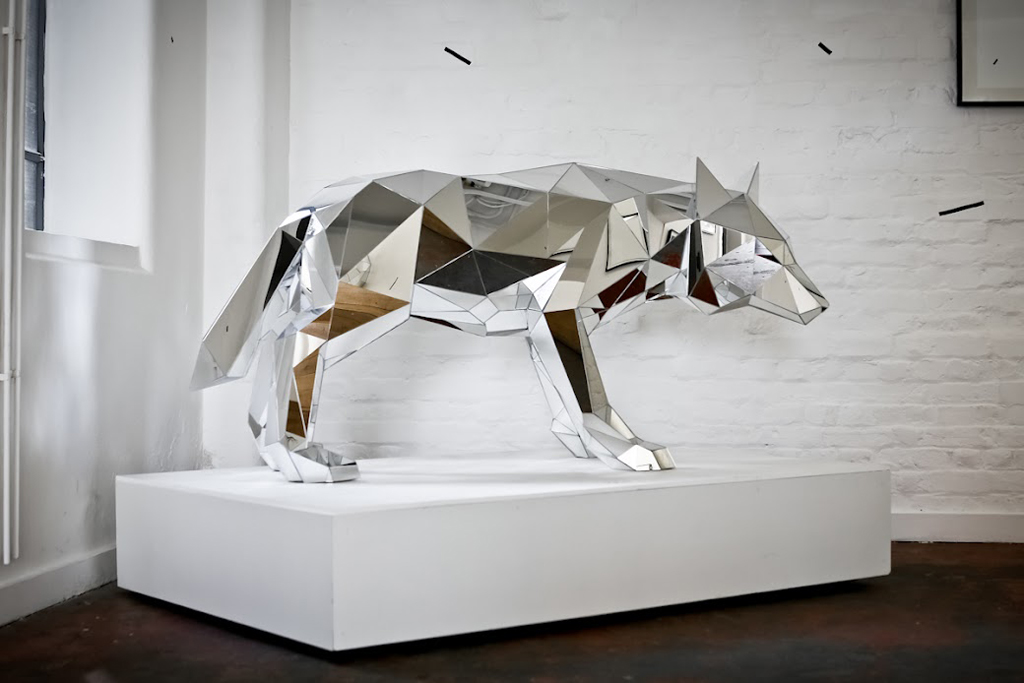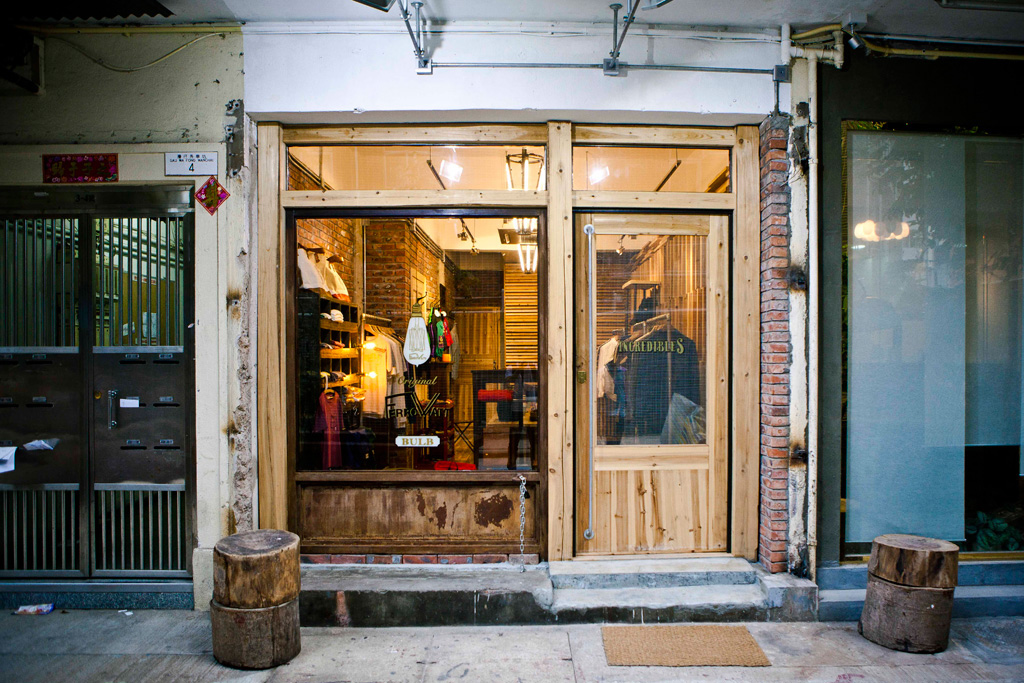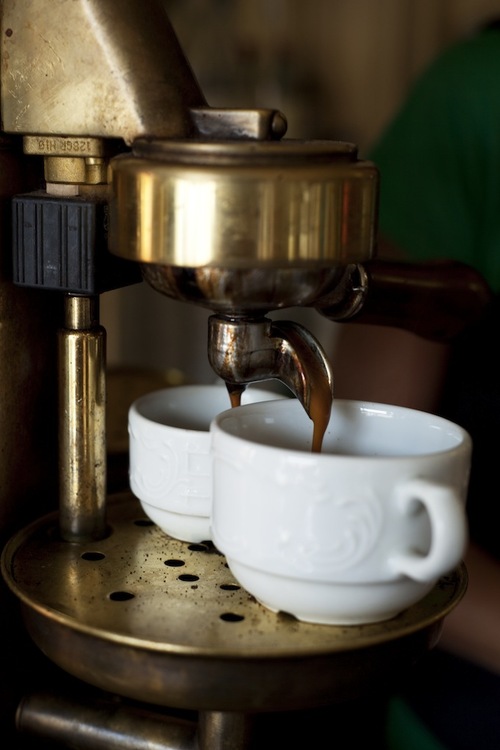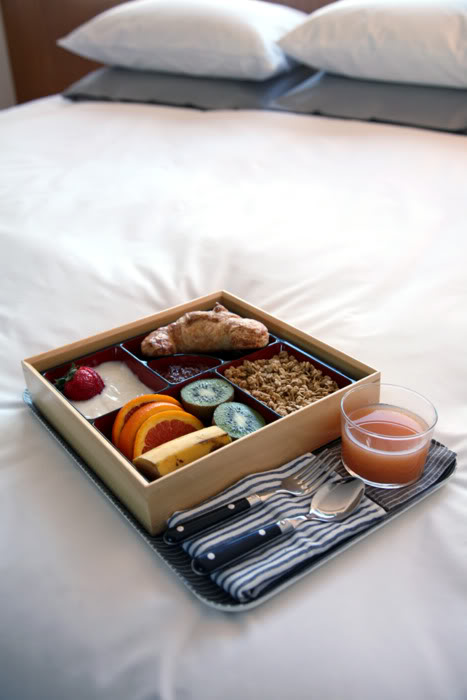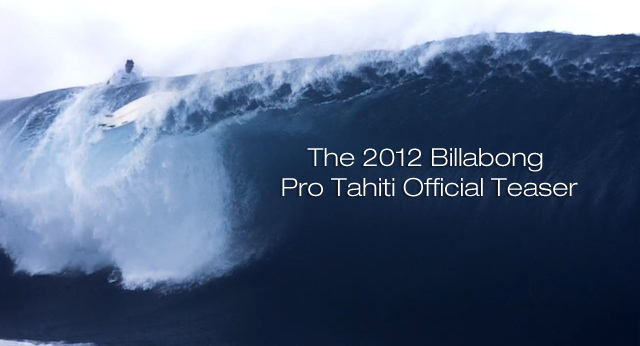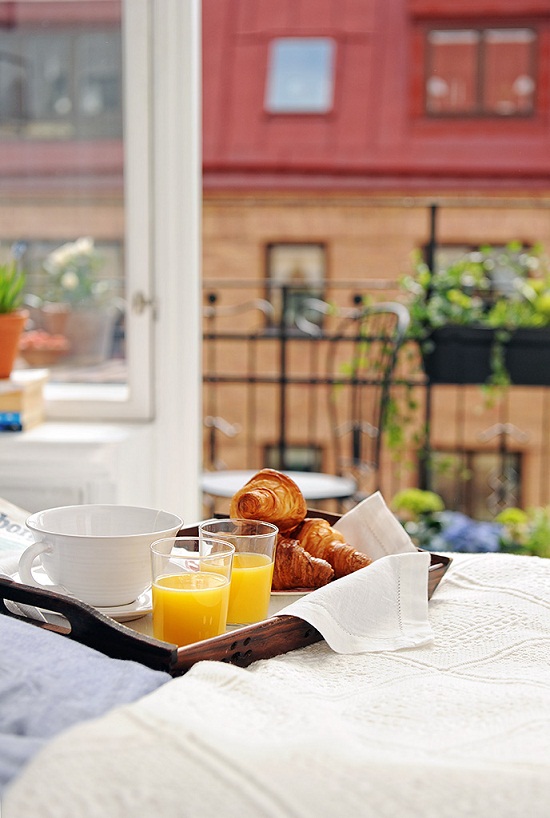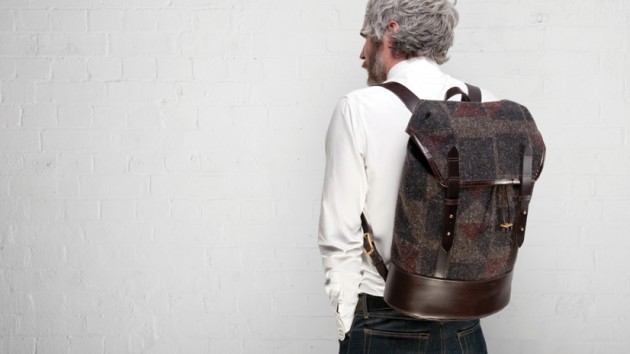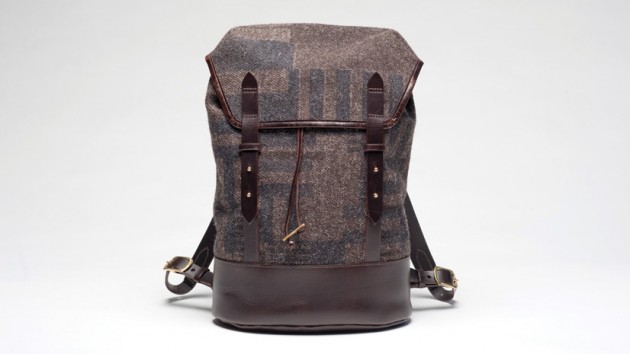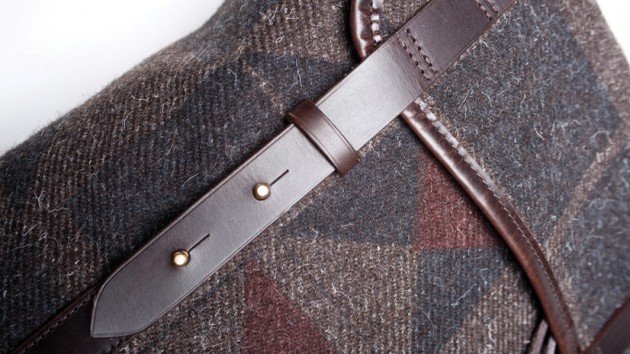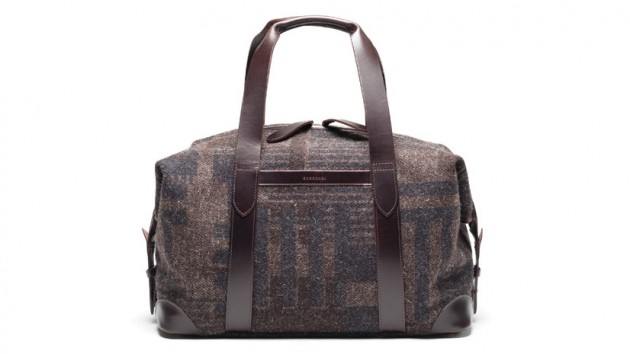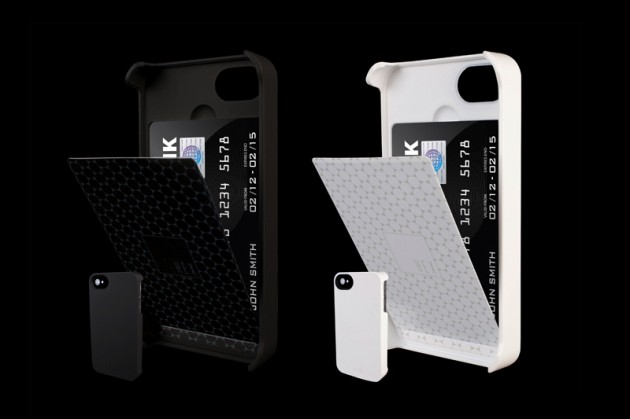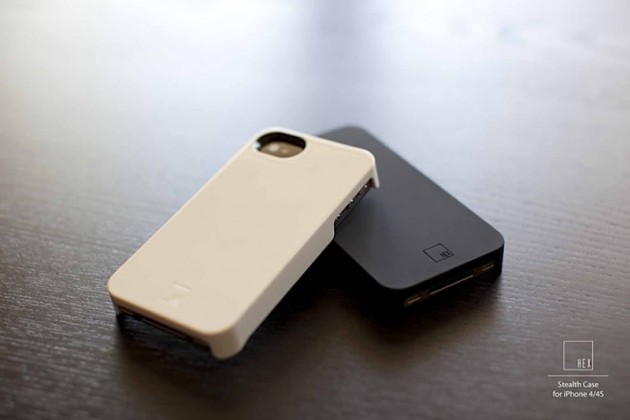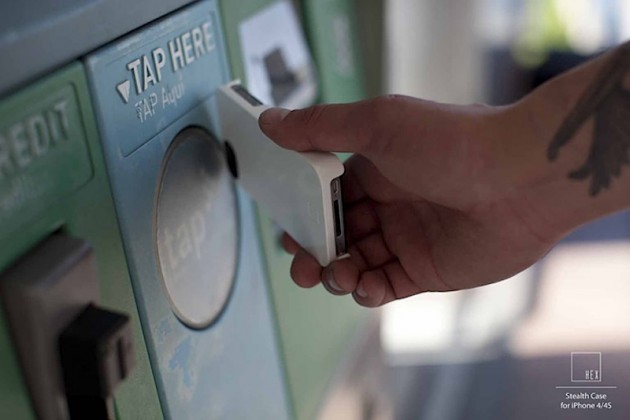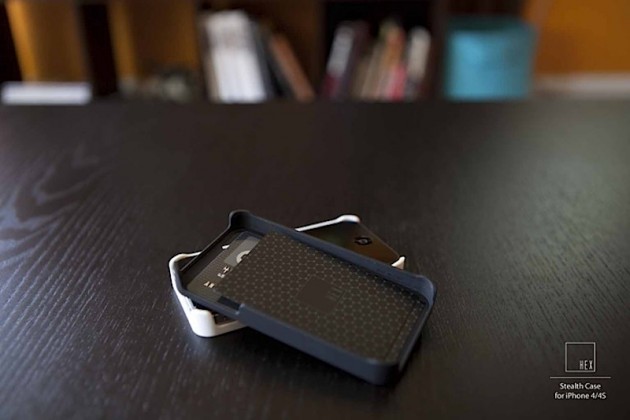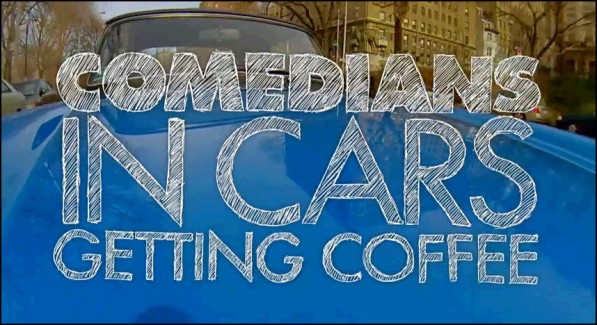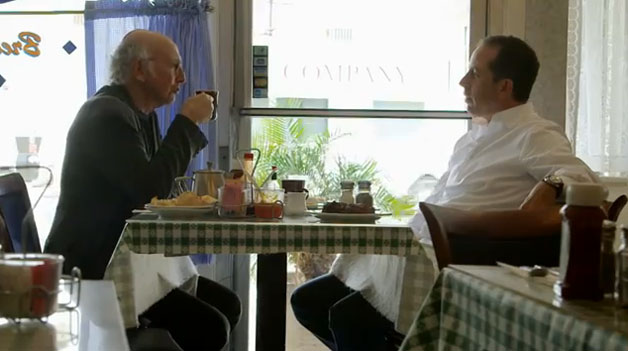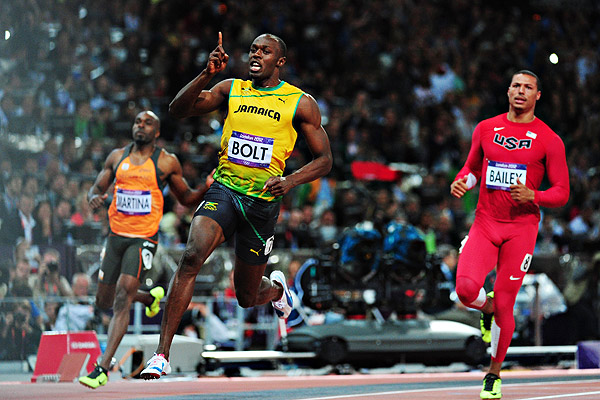Category Archives: TRAVEL
Rapha Cycle Club by Brinkworth
Brinkworth were commissioned to develop the Rapha Cycle Club concept into an environment that would reflect the core cultural values of Rapha’s heritage, the glory and suffering of world road cycling. The first permanent UK Cycle Club now open in London’s Soho, builds on Rapha’s vision to provide a meeting place for the cycling community to eat, drink, watch racing and shop from the full Rapha product range, totally immersing themselves in a space dedicated to the pursuit of road cycling…
Jay-Z Opening Rocawear Store In Brooklyn Nets Stadium
The New York Times Article –
When the developer Bruce Ratner set out to buy the New Jersey Nets and build an arena for them in Brooklyn, he recruited Jay-Z, the hip-hop superstar who grew up in public housing a couple of miles from the site, to join his group of investors.
Mr. Ratner may have thought he was getting little more than a limited partner with a boldface name and a youthful following that could prove useful someday. But Jay-Z’s contributions have dwarfed the $1 million he invested nine years ago. His influence on the project has been wildly disproportionate to his ownership stake — a scant one-fifteenth of one percent of the team. And so is the money he stands to make from it.
Now, with the long-delayed Barclays Center arena nearing opening night in September and the Nets bidding in earnest for Brooklyn’s loyalties, Jay-Z will perform eight sold-out shows to kick things off. But away from center stage he has put his mark on almost every facet of the enterprise, his partners say.
He helped design the team logos and choose the team’s stark black-and-white color scheme, and personally appealed to National Basketball Association officials to drop their objections to it (the N.B.A., according to a person with knowledge of the discussion, thought that African-American athletes did not look good on TV in black, an assertion that a league spokesman adamantly denied). He counseled arena executives on what kind of music to play during games. (“Less Jersey,” he urged, pushing niche artists like Santigold over old favorites like Bon Jovi.)
He even coached them on how to screen patrons for weapons without appearing too heavy-handed. (“Be mindful,” he advised oracularly, “and be sensitive.”)
In the two and a half years since groundbreaking, as taxi-roof advertisements promised “All access to Jay-Z,” and sponsorship salespeople trumpeted how “hip and cool” he and his wife, Beyoncé, would make the arena, he and the Nets have effectively written a new playbook for how to deploy a strategic celebrity investor.
If it has been done elsewhere — see Usher with the Cleveland Cavaliers, Will Smith with the Philadelphia 76ers, and Jennifer Lopez and Marc Anthony with the Miami Dolphins — no team has come close to making as much out of a famous part-owner.
And none of the dozens of other current and former part-owners of the team have played so public a role — not even Mary Higgins Clark, the best-selling author, though she read to children at a Nets literacy event.
“He is it,” Mr. Ratner, the developer, said in an interview. “He is us. He is how people are going to see that place.”
As much as his partners, including Mikhail D. Prokhorov, the Russian billionaire who bought 80 percent of the team in 2009, are getting out of him, Jay-Z, whose real name is Shawn Carter, is benefiting handsomely, too, beginning with free use of one of 11 exclusive “Vault” suites, for which paying customers are charged $550,000 a year.
Suite owners will have access to a Champagne bar serving Armand de Brignac, an expensive bubbly that Mr. Carter promotes and in which he holds a financial interest, according to a biography by a writer for Forbes. The arena will contain a 40/40 Club, an iteration of his sports-bar-style nightclub chain. There will be a Rocawear store, selling his clothing line, on the arena’s exterior. Even the advertising agency used by the Nets, Translation, is half-owned by Mr. Carter.
There is also an important intangible asset, particularly for a rapper: the bragging rights that Mr. Carter has enjoyed as a part-owner since Mr. Ratner’s group paid $300 million to acquire the Nets. His slender stake was enough for Mr. Carter to thump his chest in his lyrics, promising to “bring you some Nets.”
Mr. Carter has capitalized further on his Nets investment by extending the Jay-Z brand into endorsement deals normally reserved for elite athletes. He stars, wearing a Nets cap, in a Budweiser TV commercial that was broadcast during the Olympic Games. And he was named executive producer of the basketball video game, “NBA 2K13.”
Andre Saraiva “Andrépolis” Exhibition at The Hole NYC Interview
André Saraiva,the man behind the Mr. A character and the club empire Le Baron, is the focus of this episode of VICE Meets. In the video he talks to Cleo Le Tan about how he got involved in graffiti and his installation at The Hole Gallery in New York.
Damien Hirst UK Flag for 2012 London Olympics Closing Ceremony
Damien Hirst was asked to design one of the many renditions of the Union Jack in his signature spin-painting look which was unveiled as part of the event. That’s got to be one of the highest honors to be involved in the Olympics.
Arran Gregory “WOLF” Exhibition @ Print House Gallery
London-based sculptor and illustrator Arran Gregory will be presenting his career’s third solo exhibition titled “WOLF” at the Print House Gallery in London. You’ll have until September 6 to visit the exhibition at the Print House, which is located in Dalston, London.
The Print House
18 Ashwin St.
London E8 3DL
United Kingdom
The Dawn of the New Retailer: Retail’s Changing Model
Hypebeast Article –
You certainly won’t find today’s most remarkable or valuable retail stores at your local mall.
It all started with the success of Gilt Groupe a few years ago, the entity that took the concept of sample and flash sales online. The past few years have seen the rise of local coupon or group-buying sites, likeGroupon, LivingSocial, and TeamBuy. Meanwhile, in the physical landscape, fast fashion retailers like Zara and H&M are dominating; in fact, Zara already overtook GAP a few years ago to become the world’s largest retailer.
The major beef with Zara is quality. Even though this vertically-integrated company has been crushing sales, its reputation has suffered quietly for its less-than-durable goods and at times plagiarized designs. Zara is looking at methods of growth right now; the fast, aggressive expansion that they’ve been known for is clashing with the growing pains of scaling their own model to span the globe.
Fast fashion is a trend taking over the world. What happens when it reaches a peak, and consumers discover that they want more original goods? What happens when companies are able to combine competitive prices with high quality goods, ranging from fashion to eyewear?
Keep these questions in mind as we explore some of the Internet’s most interesting retail start ups.
Shining Light on Artificially High Prices
“This is technology that was invented 800 years ago. Why should a pair of glasses cost more than an iPhone?” challenges Warby Parker co-founder David Gilboa in his interview with TechCrunch. “We realized the only reason why glasses are so expensive is because there’s a handful of companies that control the supply chain. So there’s one company called Luxottica that basically owns or controls all the brands that most eyewear consumers have heard of. Oakley, Ray-Ban… they own all those brands, and they own licenses to most major fashion houses. Chanel, Prada, Dolce & Gabbana, DKNY; none of those fashion brands actually produce or distribute any of their own eyewear, they just collect a royalty from Luxottica. They also own Lenscrafters, Pearle Vision, Sunglass Hut, Target Optical, Sears Optical, a bunch of other retailers. And they own EyeMed, which is the second largest vision insurance plan in the U.S.”
“They keep the prices artificially high,” chimes in another Warby Parker co-founder Neil Blumenthal.
Today retailers like Everlane, Warby Parker, and Bonobos lead the charge against these artificially-high prices. Each organization is focused on selling designer-quality goods at low prices: Everlane specializes in apparel, Warby Parker concentrates on eyewear, and Bonobos focuses on pants. All of them bypass expensive licensing fees and do everything themselves: design, manufacturing, branding, and retail. Essentially, they’ve cut out the middlemen and retail store costs that play into the logical cause of huge markup. (This is not to ignore the additional markup high-quality brands use to create exclusivity and perceived value.)
Each one does things differently from each other: for example, Everlane has three unique traits:
- Everlane sells four types of goods every month (each one under $100 USD), each of a different variety. For example, in the first month, Everlane could be selling knapsacks, shades, beanies and cardigans. The following month will have none of those items in stock; instead, the only items available will be hoodies, bow ties, leather belts (at-cost sometimes!), and sleeveless tees.
- The company manufactures in small batches, so consumers know that there’s a chance that Everlane may run out of that month’s stock if they bide their time ruminating about a purchase.
- Loyal Everlane customers, thus, aren’t exposed to the same ole’ pair of jeans every month; they get the opportunity to purchase items that they haven’t seen before. Everlane gets loyal customers that are very enthusiastic to re-purchase items next month.
Warby Parker’s unusual approach comes from its flexibility in getting people to try their product:
- Warby Parker makes a Home Try On kit available for free to potential clients; each kit comes with a series of frames that people can try on at home for five days (return shipping is prepaid). If you like what you see, you can pay $95 USD for your prescription eyewear – all inclusive of lenses and frames.
- Also, each time you buy a pair of Warby Parker’s glasses, they give away a pair to someone in need; Sound reminiscent of TOMS’ value proposition?
Bonobos sells really affordable, fitted (and vibrant) pants that are usually price at $88 USD:
- Having started in 2007, Bonobos is in a more advanced stage of expansion than Warby Parker and Everlane. They have been experimenting with ways to scale effectively.
- In April 2012, retailer Nordstrom sunk some money into Bonobos’ equity and has started distributing some of Bonobos’ flagship items at Nordstrom stores. ”We understand there are people who still want to touch and feel clothing before they purchase. We realized we needed help expanding beyond our web-only roots,” says Bonobos founder Andy Dunn.
- Bonobos also is experimenting with a brick and mortar retail store in Boston.
Why hasn’t this been done before?
According to Everlane co-founder Michael Preysman, there are two factors playing into this: radical transparency and the virality of social media. In an interview, Preysman recalls a series of conversations:
“We’ve told people before, ‘Hey, we’re going to tell people how much our T-shirts cost.’
‘Well you’re stupid.’
So maybe we’re stupid, and we’re fine with that.”
Everlane is nowhere near the first company attempting to be transparent; they’re just one of the first to be as vocal about it having selected a powerful medium to evangelize. They’re not afraid to appear stupid either. They’ve gained a ton of attention from a controversial infographics about fashion prices they posted on their Tumblr (at the time of writing, it had over 18,000 notes).
Traditionally, gaining this level of attention would have required a marketing budget, which would have resulted in an increase in markup. However, thanks to the social web, specifically the reblogging nature ofTumblr, and its lack of cost, Everlane was able to create something that appeared before hundreds of thousands of viewers by going viral.
This particular infographic spawned a series of reactions around the blogosphere (many neatly collected in this article), which served to even further its reach. It’s that sort of concept that appeals to the people that turn into customers: Why are you paying this much for designer-quality goods, when you could be paying so much less?
Everlane, Warby Parker, and Bonobos manufacture beautiful and affordable goods. That’s not the only strategy that Internet retailers are taking to set their services apart.
Amongst the Next Generation of Retailers
Controlling Specific Niches
“We put out a product like a journalist writes a story,” explains Chris Lindland. Lindland is the founder and CEO of Betabrand, an internet company that sells apparel. “It’s almost an editorial calendar that drives design.”
Far from just another clothing store, Betabrand sells items with names like “Varsity Bike to Work Pants” and “Reversible Disco Jacket”. Their name reflects their own mentality: They push out new designs every week, and treat each item like it’s still in “beta” format. If an item doesn’t sell well, then they try again in small batches; if an item does, then Betabrand expands on it and creates new varieties of that item to retail. You’re understandably skeptical: Who the hell buys bike to work pants?
“Bicyclists — and, perhaps just as important, hundreds of biking blogs — have adopted Betabrand’s Bike to Work pants (khaki on the outside, with reflective detailing, and priced at $90),” as read in a New York Times article. Betabrand has managed to replicate that kind of virality that Everlane spread with its infographic, albeit to a much more niche audience – cyclists. Imagine the possibilities of the other items; what if disco blogs started blogging about Betabrand’s disco jacket, or if retro blogs started posting about their smoking jackets?
Connecting the Art Ecosystem
If you’ve ever wanted to replace that Godfather poster on your wall, you now have the opportunity to:20×200 sells affordable art. 20×200 pushes out 2 new pieces from a variety of artists weekly; they then manufacture 750 copies of each piece, and once the batches are sold out they’re gone – forever.
“The collectors are delighted — they are getting something that more than delivers on their expectations. To spend $20 and have some of it go directly to the person who made it — that’s hard to do these days, especially at any kind of scale. The artists are making more money than they’ve ever made as artists, in many cases. And their work is being respected and well represented in the process,” elaborates 20×200 founder Jen Bekman.
This young start up has made it feasible for artists to generate decent revenue from practicing what they love. It is creating the new norm that you don’t have to be rich to enjoy art, and that art can be profitable. Perhaps as 20×200 grows, the stigma of not being able to make money in art will slowly start to fade away.
Perfectly-tailored Dress Shirts
Esquire knows to preach against the harms of ballooning dress shirts. The folks at Kinowear have another name for it: “Bad Fit Disease.” Mainstream audiences are starting to realize that shirts aren’t just about patterns and colors; they’re about fit. Thing is, not everyone fits into those slim-fitted shirts at Zara; so what do we do when we want a shirt that fits us just right?
“People really like a Blank Label shirt because they can say, ‘I had a part in creating this,” says Blank Label founder Fan Bi. Blank Label allows customers to create customized dress shirts; like Indochino’s suits, they also have a presence in Shanghai and create products on-demand. Blank Label is an experiment in participatory commerce, with much perceived value coming from what’s known as the IKEA effect: people value things more when they play a part in creating it.
The thing that sets Blank Label apart from Brooks Brothers is price; where a dress shirt from Brooks Brothers might cost a bit over $200, a shirt from Blank Label starts from as low as $78. A more luxurious lifestyle just became much more affordable. Also, these retailers seem to be capitalizing on the long tail and then pushing their way up; for example, perhaps as fitted shirts catch on, Blank Label will grow with the trend.
The Sun is Rising
We’re looking at an interesting collection of companies here; Bonobos is wrestling with a challenge that each startup will have to tackle soon. How do they scale effectively? So far, many of their abilities lie in dealing with small audiences (like batch producing, or customization); how do these abilities get scaled?
A very real possibility of scaling lies with partnership and acquisition: Bonobos serves as a case in point. By bringing their goods ordinarily only available online (or at its flagship store in Boston) to 100 of Nordstorm’s frequently trafficked stores, Bonobos has been able to gain a ton of attention without breaking its marketing budget and still keeping goods at their current price point.
Another potential route is simply expanding slowly into the physical world through different tactics. Custom suit e-commerce company Indochino started opening up pop-up shops and integrating their retailing into reality. This also removes a barrier to many customers wanting to shop; now, customers actually can watch themselves get measured by tailors, and don’t have to worry about measuring themselves incorrectly or improperly.
OR, perhaps they don’t expand into physical world: in order to play competitively with physical stores, they all try to stay online and use that medium to keep costs low and spread word virally. The matter will be whether or not consumer behavior changes fast enough to keep up with this strategy; for example, people are already trying on goods using augmented reality.
Peering into the future, it’s going to be interesting watching these e-commerce retailers trying to take their businesses to the next level. The sobering reality is that Bonobos generates around $1 million/month, where a retailer like Nordstrom makes $10 billion/year (stats in this NYT article). The road to the top is a long one for these e-tailers, especially if they want to travel it on their own. How will these companies make it independently? Will they all end up being acquired as an arm of larger retailers in their own respective industries in the struggle to survive?
Or can they continue their innovative streak long enough to outlast their traditional counterparts?
Herbert Lui is passionate about entrepreneurship, art, and technology. In his spare time, he covers technology and startup news for Techvibes and CutEdge. If you want to connect (or heckle), please feel free to reach out on Twitter.
SushiTa Restaurant
SushiTa entrusts Solodesign to design its new restaurant in Ancona (Italy). Using natural and eco-friendly materials.
The kaiten is a moving ribbon bringing dishes made by the Japanese chef and is the focus point of the room. It is enlighted by an installation made by a rain of wooden pendants from the ceiling thus highlighting its sinuous path and both projecting evocative lights and shadow plays in the meantime.
Room’ s bottom wall portrays a koi carp, raising sun iconography’ s traditional symbol, but it’ s molded with a tipiccally European pattern, as to synthesize the project’ s essence: the meeting of two cultures – East and West.
Lighting has been designed in collaboration with light designer Stefano Dall’ Osso using last generation energy saving technologies with a domotic control system so to create different backgrounds.
The 2012 Billabong Pro Tahiti Teaser
On August 16th, the world’s best surfers will be competing at the 2012 Billabong Pro Tahiti. This week the brand launched this official video teaser.
Masafumi Watanabe of Bedwin & The Heartbreakers – My 5 Favorite Tokyo Food Spots
Highsnobiety Travel Series –
KAN
Tokyo, Meguro-ku, Higashiyama 2-1-1
Kan is a modern japanese Izakaya in a sophisticated setting. The long counter-table make it interesting to interact with the chef and witness the whole cooking process. It’s one of my favorite restaurant for a dinner with clients or friends.
GANTAN
Tokyo, Meguro-ku, Higashiyama 1-8-6 #109
This upscale Izakaya offers a great dinning experience with possibility to book one of their few private rooms for an intimate dinner with a small group of friends or out-of-town guest. I particularly recommend their sashimi and the off-menu Soba.
AFURI
Tokyo, Shibuya-ku, Sendagaya 3-63-1
AFURI ramen has quickly become one of the best ramen shop in town. The Harajuku branch is definitely my go-to spot for a quick noodle fix. I usually order the seasonal AFURI’s suggestion, their Yuzu-style ramen is perfect for a hot Tokyo summer night.
KANTERA
Tokyo, Setagaya-ku, Daizawa 3-12-26
Kantera is my favorite Korean BBQ restaurant here in Tokyo. It’s a bit of a drive from Shibuya but definitely worth the ride. Kantera offers a great selection of Wagyu beef and I particularly enjoy their boneless short ribs. The restaurant itself is very well-designed and they also have a nice patio with outdoor tables.
Cent-Trente-Neuf
Tokyo, Shibuya-ku, Udagawacho 11-2
French food and jazz music! The oversized Niçoise salad are very good and their Plat du Jour selection is always on point. Perfect for a lunch near my office.
Glow In The Dark Skate Park
Cherchbi Herdwyck No.10 Tweed Bag Collection
Cherchbi began in 2007 with an idea to make bags using wool from the ancient rare-breed Herdwyck. Four years in development the Herdwyck No.10 Tweed Collection launched for Fall/Winter 2012 at Dover Street Market. All bags are bench-made entirely in England to their robust, traditional quality standard. They combine waterproof, Herdwyck No. 10 tweed with their own British saddle leather and utilise traditional leatherwork and saddlery techniques.
Furthermore Cherchbi adds Tamasyn Gambell‘s print designs to the tweed, yet another beautiful and unique detail. The collection includes a tote bag, a weekender and a rucksack. We cannot choose a favorite, as they all look beautiful and while standing out of the crowd, are all timeless pieces that will wear in nicely and look better season after season.
HEX ‘Stealth’ iPhone 4/4S Case
HEX has released a new iPhone 4/4S case named the ‘Stealth.’ This is not an average iPhone case. The new ‘Stealth’ enables you to utilize your RFID-enabled credit/debit cards at participating tap-to-pay locations.
Comedians in Cars Getting Coffee
Jerry Seinfeld’s new show ‘Comedians in Cars Getting Coffee’ is a very simple idea – Jerry Seinfeld picks up a comedian friend in one of his personal vintage cars, and they get some coffee. Simple enough. But what’s great about it, is how personal it feels between Jerry and his comedian friend. Expect to see big names such as Ricky Gervais, Larry David, Alec Baldwin, Brian Regan and more.
Usain Bolt takes 100m Olympic gold – this time even faster
The Guardian Article –
The world had wondered: openly, loudly, some may even say rudely, ifUsain Bolt was ready. There were rumours of injury, speculation over his commitment to training, worries over his wavering form, suggestions that the triple world record holder might even be psychologically damaged – from last year’s false start in the world championships final, from the car crash in June, from his defeat at the hands of his training partner Yohan Blake in Kingston, Jamaica, just five weeks ago. But when that gun went in the 100m final Bolt delivered one almighty response to anyone who had dared to question him, dared to dream of beating him.
Crossing the line in an Olympic record of 9.63sec, the 25-year-old became the first man to defend an Olympic sprint title since Carl Lewis in 1988. Legend? Job done. What did Bolt have to say to the doubters? “I have nothing to say,” said the two-times Olympic champion. “I said it on the track. All they can do is talk. I said when it comes to the championships it’s all about me.” Did he ever doubt his own ability? “I was slightly worried about my start, so I sat in the blocks a bit, but I executed and that was the key. My coach said, ‘Stop worrying about your start, your best race is at the end.'”
The Jamaican had to work hard for a victory in which a record seven out of eight men ran under 10 seconds but once Bolt had made up the deficit of his awkward start and drawn level alongside the four fastest men in the field it was easy for him to pull away. At 50 metres Bolt was already going away, just as his compatriot Asafa Powell dropped back, hit by injury. From thereon in the win, although tight, never looked in doubt.
Yohan Blake, the 21-year-old world champion who had twice inflicted defeat on Bolt in recent weeks, was left fighting the two Americans alongside him to take silver. He needed to equal his personal best of 9.75 to do it. On the line Justin Gatlin timed his dip perfectly to snatch bronze from his team-mate Tyson Gay in 9.79 – a miraculous return to the sport for the 2004 Olympic champion who served a four-year suspension after testing positive for a banned substance in 2006. At the finish both Powell, the former world record holder who has never won a global title, and Gay, the second fastest man in history who has never won an Olympic medal, appeared devastated.
Bolt’s victory was emphatic and, as the evening had progressed, it had looked ever more likely. In those last few minutes on the warm-up track Bolt and Blake provided an image reminiscent of Bolt’s demeanour before his 100m victory in Beijing four years ago.
Joking about together, as though back on the training ground at their Kingston track, they were as relaxed as anyone can be ahead of such a momentous event. Playful as ever, Bolt had toyed with the TV camera that spied on them, leaping left and then right, in and out of vision with seemingly boundless energy as though the fact that he was about to attempt to defend the first of his Olympic titles was not even on his mind. In Beijing, so the story goes, he had been the same, rolling about on the floor, play-fighting with his agent.
Earlier in the evening, in the semi- finals, Bolt had already begun to turn on the speed. Crossing the line in 9.87, the third fastest semi-finalist, Bolt wagged his finger as if to say: did you doubt me? Now you know the answer. Like a knife through butter, Bolt had run easy, languid, assured, as soon as he turned on the accelerators the competition, including Britain’s Dwain Chambers, fell away unable even to hang on to his coat tails. Of all the semi-finalists, it was Bolt who looked the most comfortable. That was the giveaway. There lay the hint of what was to come. Not the time as such but the manner in which he won. Glancing right and left before leisurely crossing the line, Bolt was back in his formidable stride.
The performance lay in sharp contrast to his first-round performance on Saturday morning that had kept onlookers guessing. The Jamaican had run the slowest winning time of all seven heats, only 10.09. The Americans blasted their way out of the blocks and powering to record speeds – first Gatlin in 9.97, and then 23-year-old Ryan Bailey in 9.88. Set against that background one could not help wondering if Bolt might be missing a trick. Some accused him of playing a poker game; others simply believed that he was not up to the job. Either way there was reasonable doubt, and a final medal prediction looked difficult to call.
With Jamaica celebrating 50 years of independence, the national anthem already having rung out around the stadium during the medal ceremony for Shelly-Ann Fraser-Pryce’s 100m victory, it was a Jamaica sprint double.
Wrapped in the green, black and gold of the Jamaican flag, Bolt and Blake performed their victory lap, the older athlete paying tribute to the younger man. “He works harder than me,” Bolt said of the youngster known as “The Beast”. “He will do better next time because he was a little bit stressed this time.” Bolt’s legacy may prove to be far more than simply securing his own status as a legend. He may well have secured a golden future for generations of Jamaican sprinters.


